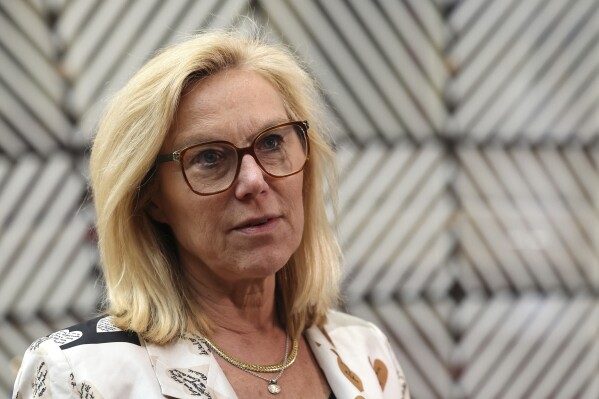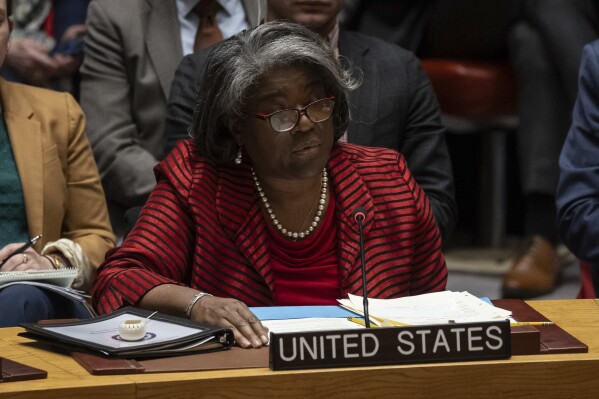UN somber economic forecast cites conflicts, sluggish trade, high interest and climate disasters
UNITED NATIONS (AP) — The United Nations issued a somber global economic forecast for 2024 on Thursday, pointing to challenges from escalating conflicts, sluggish global trade, persistently high interest rates and increasing climate disasters.
In its flagship economic report, the U.N. projected that global economic growth would slow to 2.4% this year from an estimated 2.7% in 2023, which exceeds expectations. But both are still below the 3.0% growth rate before the COVID-19 pandemic began in 2020, it said.
The U.N. forecast is lower than those of the International Monetary Fund in October and the Organization for Economic Cooperation and Development in late November.
The IMF said it expects global growth to slow from an expected 3% in 2023 to 2.9% in 2024. The Paris-based OECD, comprising 38 mainly developed countries, estimated that international growth would also slow from an expected 2.9% in 2023 to 2.7% in 2024.



The U.N.’s report -- World Economic Situation and Prospects 2024 -- warned that the prospects of prolonged tighter credit conditions and higher borrowing costs present “strong headwinds” for a world economy saddled with debt, especially in poorer developing countries, and needing investment to resuscitate growth.
Shantanu Mukherjee, director of the U.N.’s Economic Analysis and Policy Division, said fears of a recession in 2023 were averted mainly due to the United States, the world’s largest economy, curbing high inflation without putting the brakes on the economy.
But he told a news conference launching the report: “We’re still not out of the danger zone.”
Mukherjee said that’s because the unsettled situation in the world could fuel inflation. For example, another supply chain shock or problem in fuel availability or distribution could prompt another interest rate hike to bring the situation under control, he said.
“We’re not expecting a recession, per se, but because there is volatility in the environment around us, this is the major source of risk,” he said.
Very high interest rates for a long time and the threat of possible shocks to prices contribute to “quite a difficult balancing act,” Mukherjee said. “So that’s really why we said that we are not yet out of the woods.”
Disclaimer: The copyright of this article belongs to the original author. Reposting this article is solely for the purpose of information dissemination and does not constitute any investment advice. If there is any infringement, please contact us immediately. We will make corrections or deletions as necessary. Thank you.


